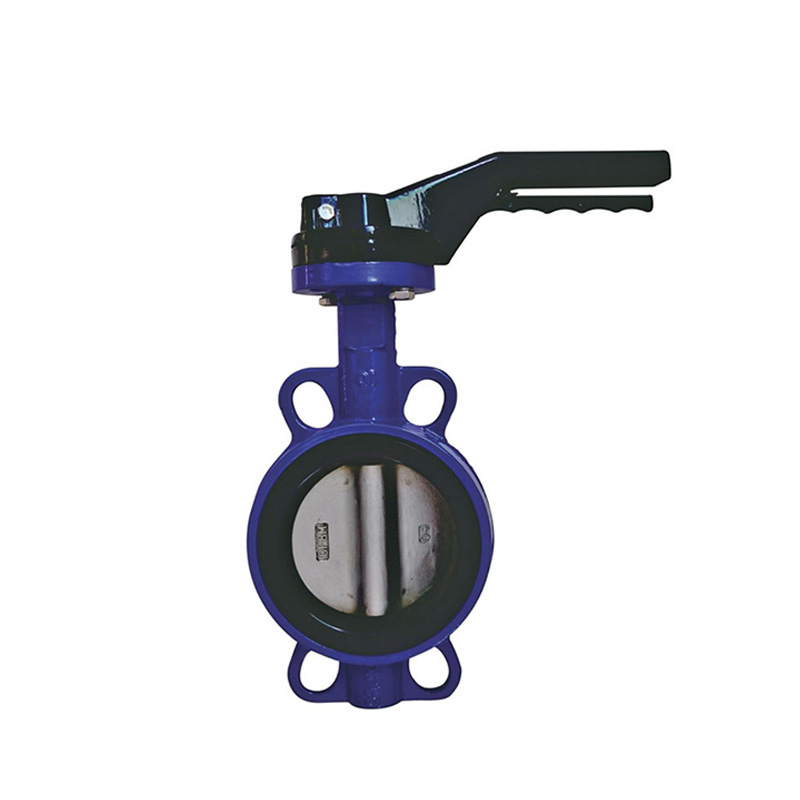9 月 . 11, 2024 14:35 Back to list
Pneumatic Ball Valve - High Performance & Reliable Solutions
Understanding the Pneumatic Ball Valve
Pneumatic ball valves are a crucial component in a wide array of industrial applications, particularly in systems that require efficient and reliable control of fluid and gas flow. These valves utilize compressed air to operate, offering a seamless and controlled means of regulating flow within piping systems. Understanding their structure, function, and advantages can significantly aid in selecting the right valve for specific needs.
Structure and Function
At its core, a pneumatic ball valve consists of a hollow, perforated sphere (the ball) that acts as the main component for flow control. When the ball is positioned in line with the flow, the valve is open, allowing fluid or gas to pass through. Conversely, when the valve is rotated 90 degrees, the ball seals off the opening, effectively stopping the flow. This quick on/off operation makes pneumatic ball valves particularly favored in systems where rapid transitions are necessary.
The actuation of a pneumatic ball valve is achieved through the application of compressed air, which moves a piston connected to the valve. This results in the rotation of the ball, allowing for swift and precise control over the fluid or gas flow. Pneumatic actuators can be single-acting or double-acting. Single-acting actuators require air pressure to open the valve and a spring to close it, while double-acting actuators use air pressure for both opening and closing operations, ensuring greater control and reliability.
Advantages
1. Speed of Operation One of the standout features of pneumatic ball valves is their rapid response time. They can open and close almost instantaneously, minimizing downtime and enhancing operational efficiency.
2. Durability Pneumatic ball valves are constructed from robust materials such as stainless steel or brass, which makes them highly resistant to corrosion and wear. This durability extends their lifespan and reduces maintenance costs.
pneumatic ball valve

3. Low Torque Requirement The design of the ball valve allows for easy operation with minimal torque, making it suitable for various applications, including those that involve larger pipe diameters.
4. Compact Design These valves occupy less space compared to other types of valves, which can be crucial in installations where space is at a premium.
5. Flow Characteristics The full-bore design of the ball valve allows for high flow rates with minimal pressure drop. This characteristic is essential in processes where fluid flow needs to be maximized without significant energy losses.
6. Safety Features Many pneumatic ball valves come equipped with safety features such as fail-safe options. This ensures that in the event of a power failure or air supply loss, the valve can default to a safe position, thereby preventing accidents in critical systems.
Applications
Pneumatic ball valves are widely used across various industries, including oil and gas, pharmaceuticals, food processing, and water treatment. Their versatility allows them to handle different types of fluids, including corrosive substances, gases, and slurries. In automated systems, they play a pivotal role in controlling processes and maintaining optimal operating conditions, effectively enhancing productivity and safety.
In conclusion, pneumatic ball valves represent a vital element in modern industrial processes. Their unique combination of speed, reliability, and durability makes them an ideal choice for applications requiring efficient fluid control. Understanding their functionalities and advantages can empower engineers and operators to make informed decisions, ensuring optimal system performance and safety in operational environments.
Share
-
Understanding the Differences Between Wafer Type Butterfly Valve and Lugged Butterfly ValveNewsOct.25,2024
-
The Efficiency of Wafer Type Butterfly Valve and Lugged Butterfly ValveNewsOct.25,2024
-
The Ultimate Guide to Industrial Swing Check Valve: Performance, Installation, and MaintenanceNewsOct.25,2024
-
Superior Performance with Industrial Swing Check Valve: The Essential Valve for Any SystemNewsOct.25,2024
-
Industrial Swing Check Valve: The Ideal Solution for Flow ControlNewsOct.25,2024
-
You Need to Know About Industrial Swing Check Valve: Functionality, Scope, and PerformanceNewsOct.25,2024